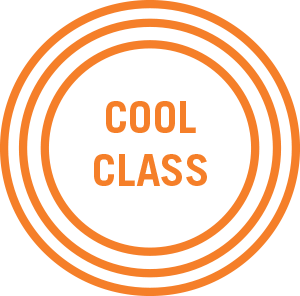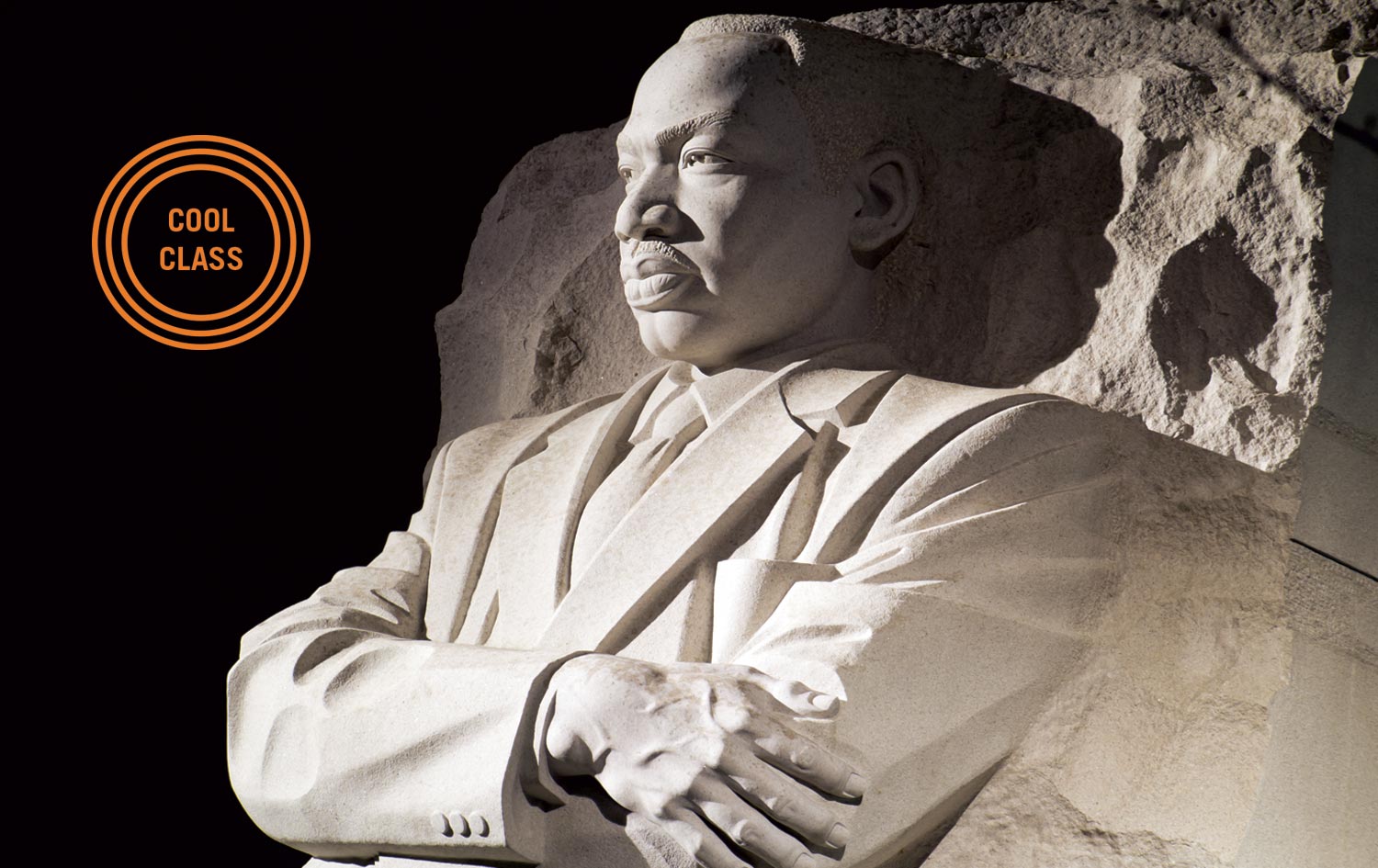

This course calls on students to delve into the contradiction between King, the dynamic and politically savvy philosopher, preacher and movement leader, and King the static, uncomplicated national icon. Seen as a Black radical in the 1960s because his message threatened the status quo of white domination, by the 1990s King had been recreated and embraced as a national icon. While his message and actions are now taught in schools and commemorated nationally each January, we ask: What shifted in three decades to make him more palatable?
Students interpret and reflect on King’s words through an awareness of their historical, philosophical, religious, artistic and linguistic dimensions. As they draw connections between those readings and campus events, they develop and put on a public event of their own that forms the capstone of the course.
— Adam Burgos, Cymone Fourshey, Kelly Knox and Kurt Nelson